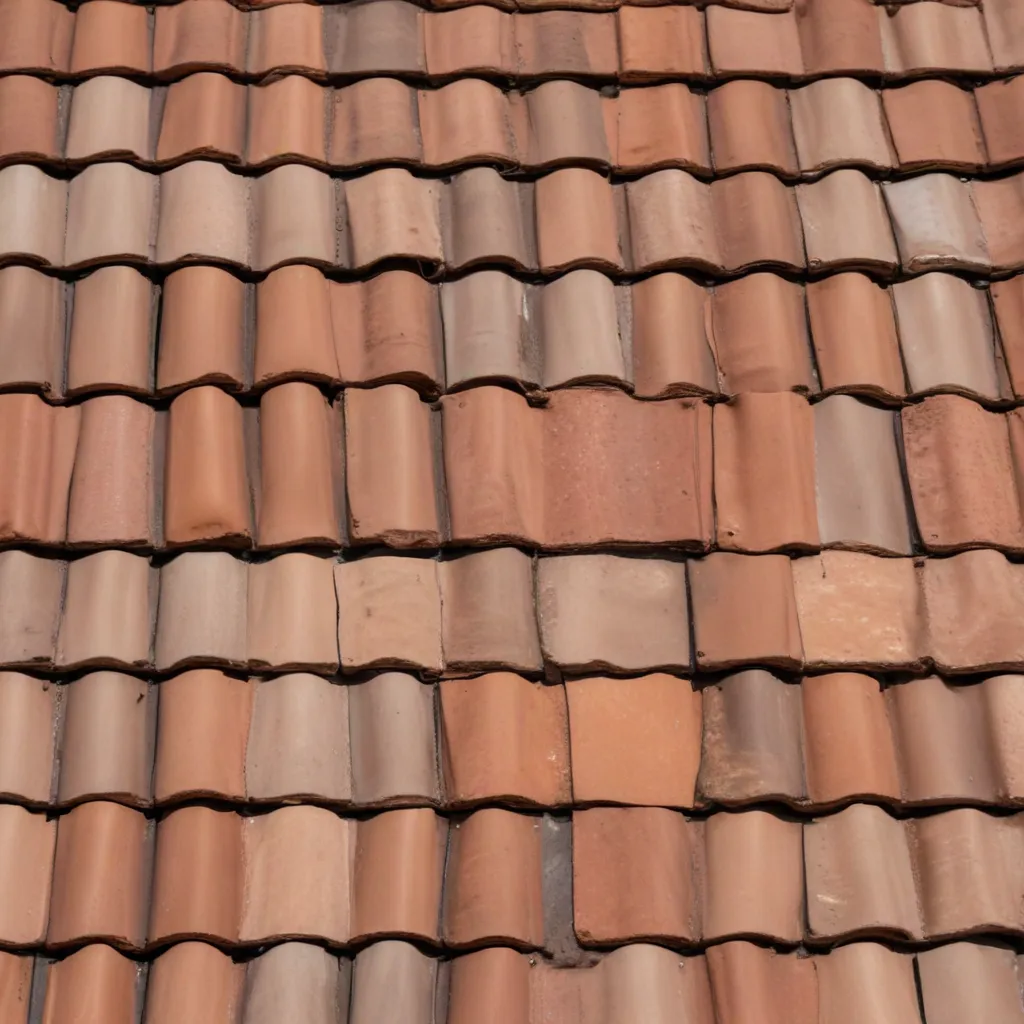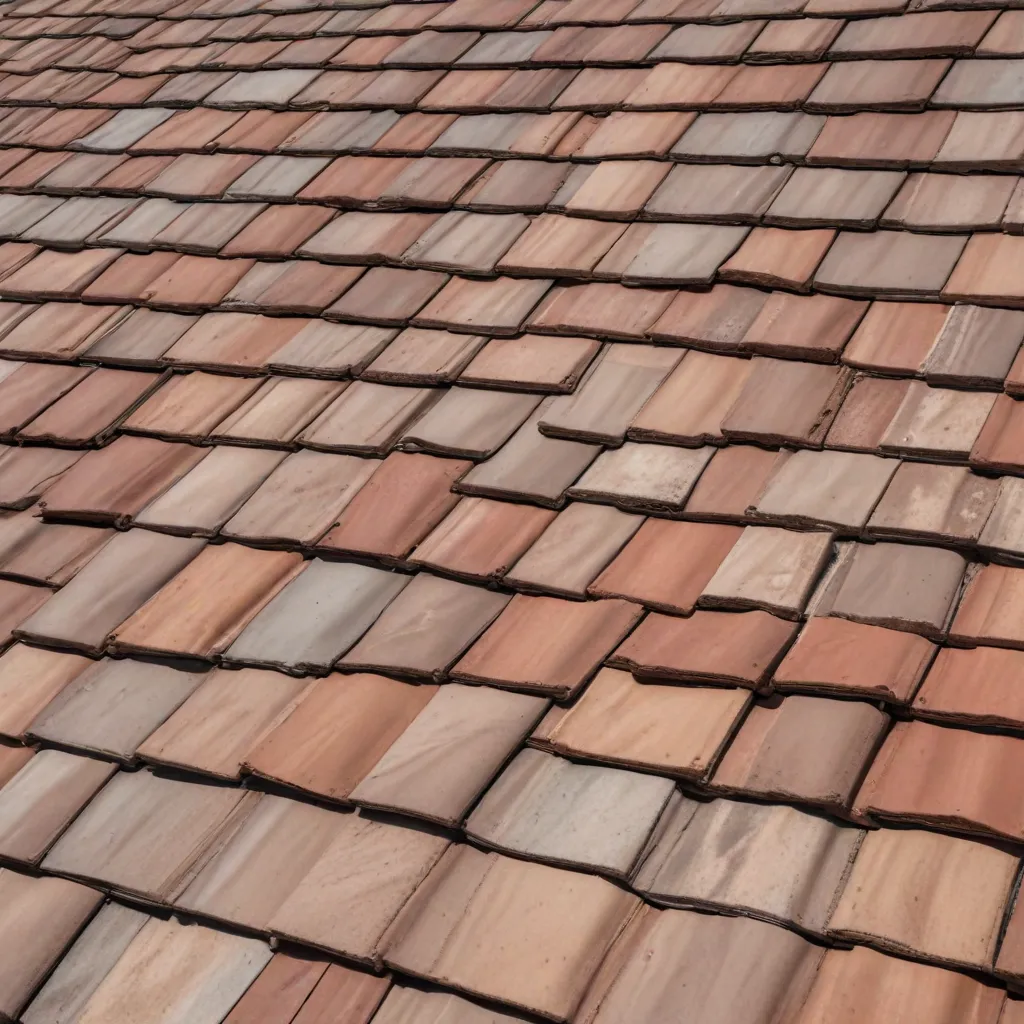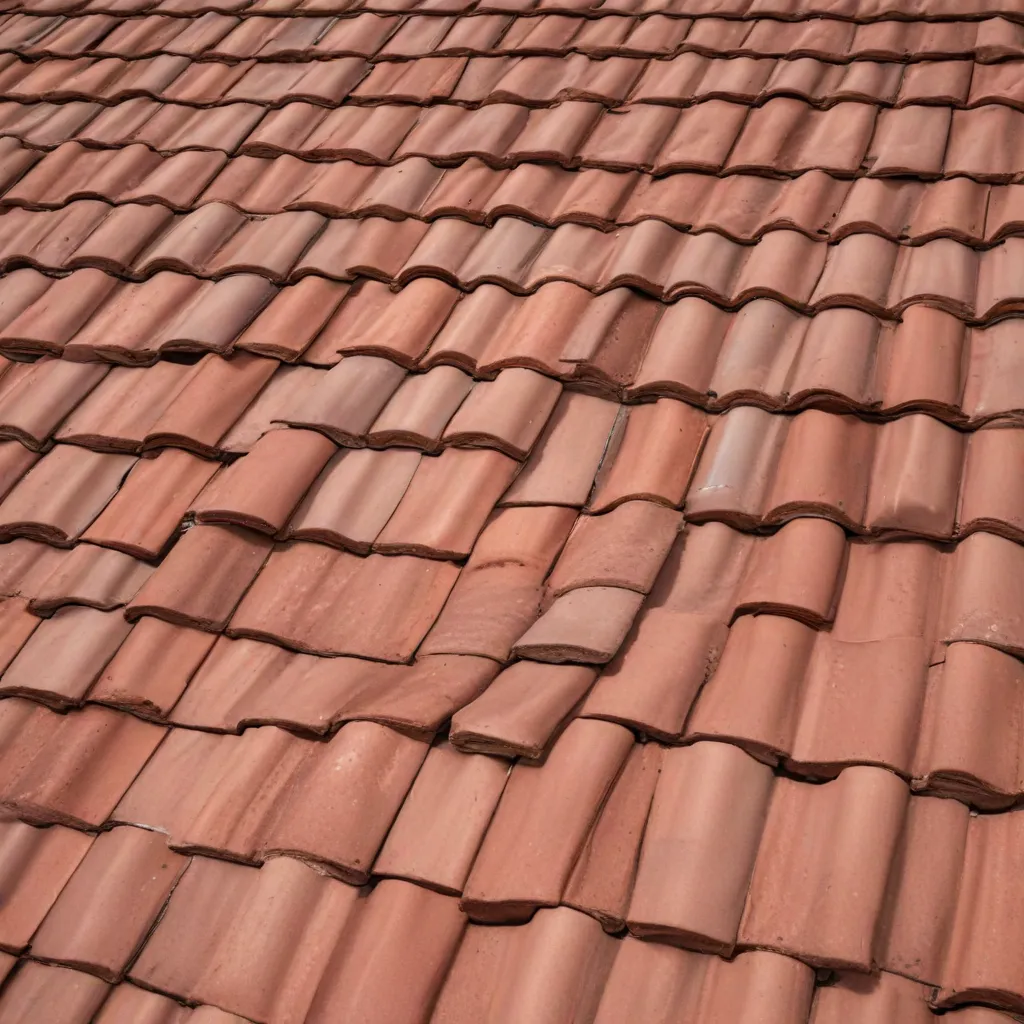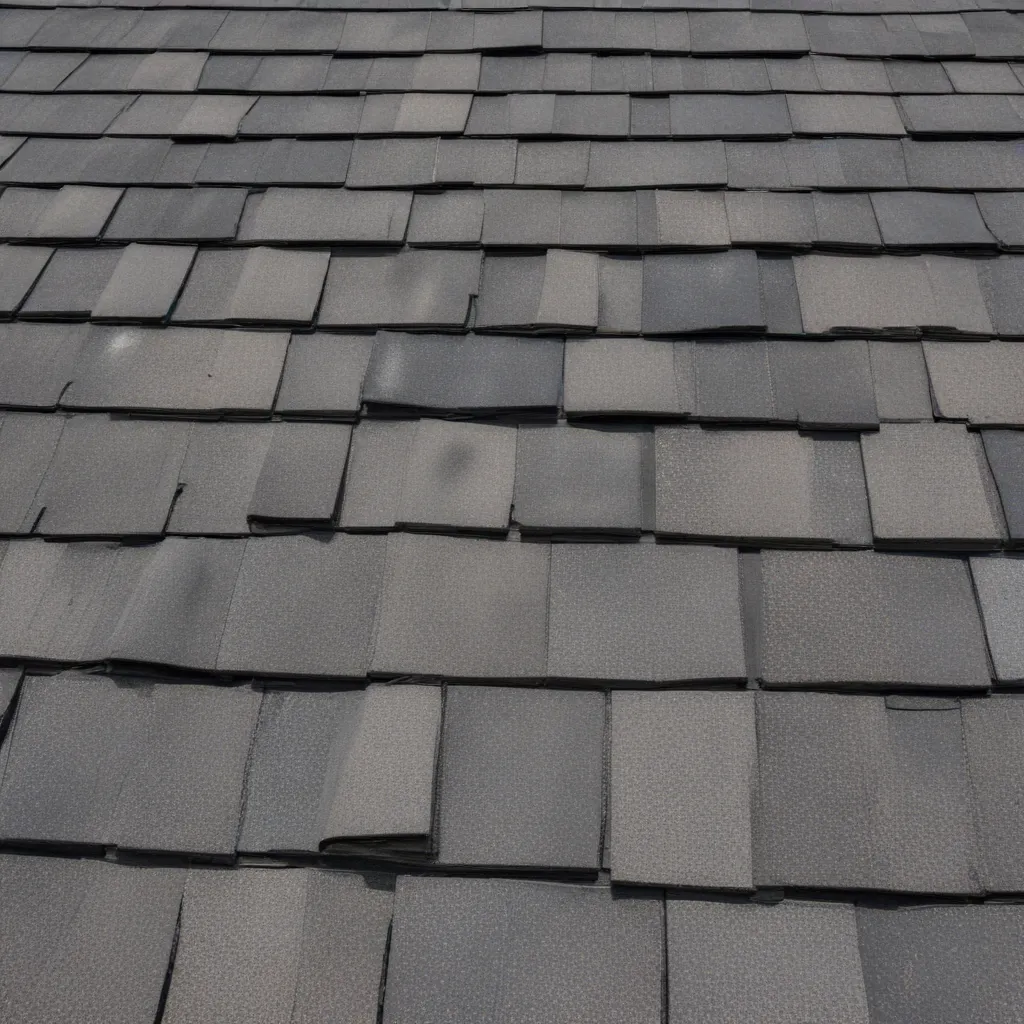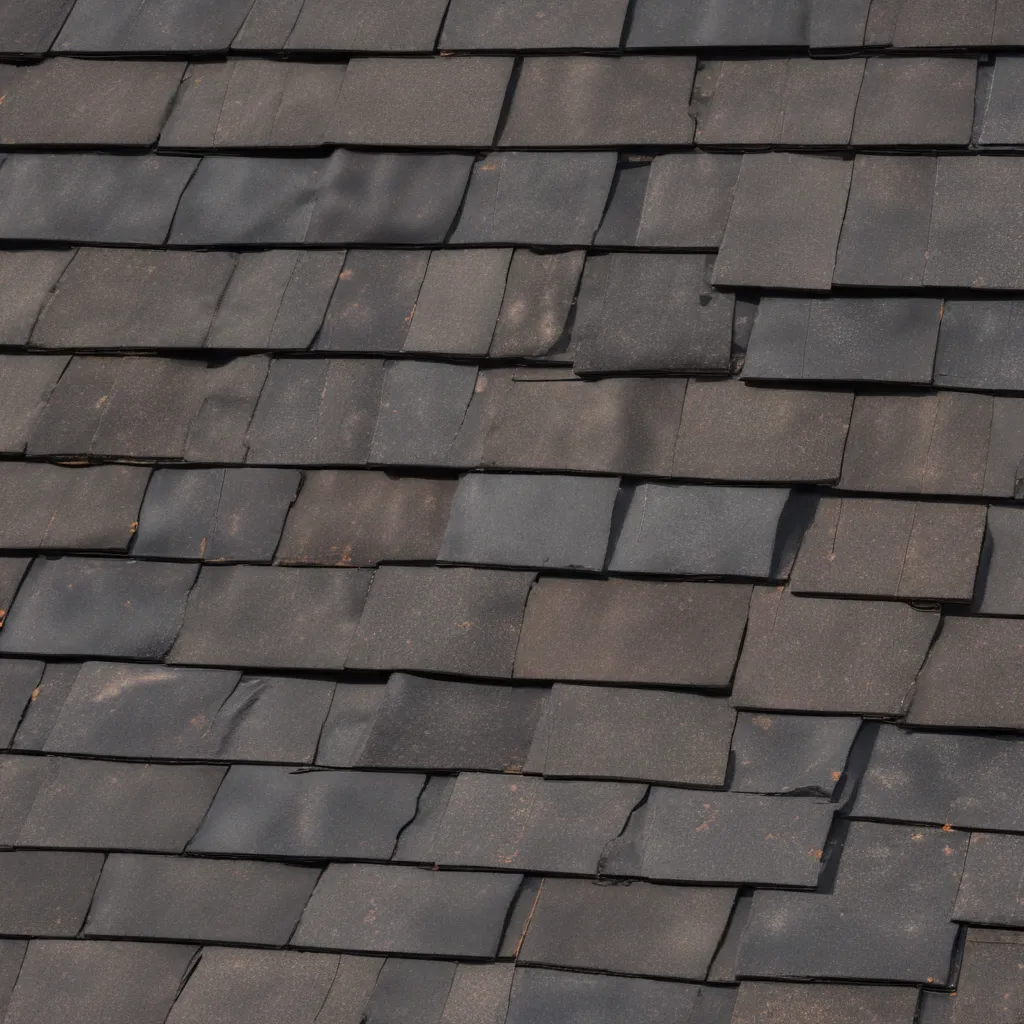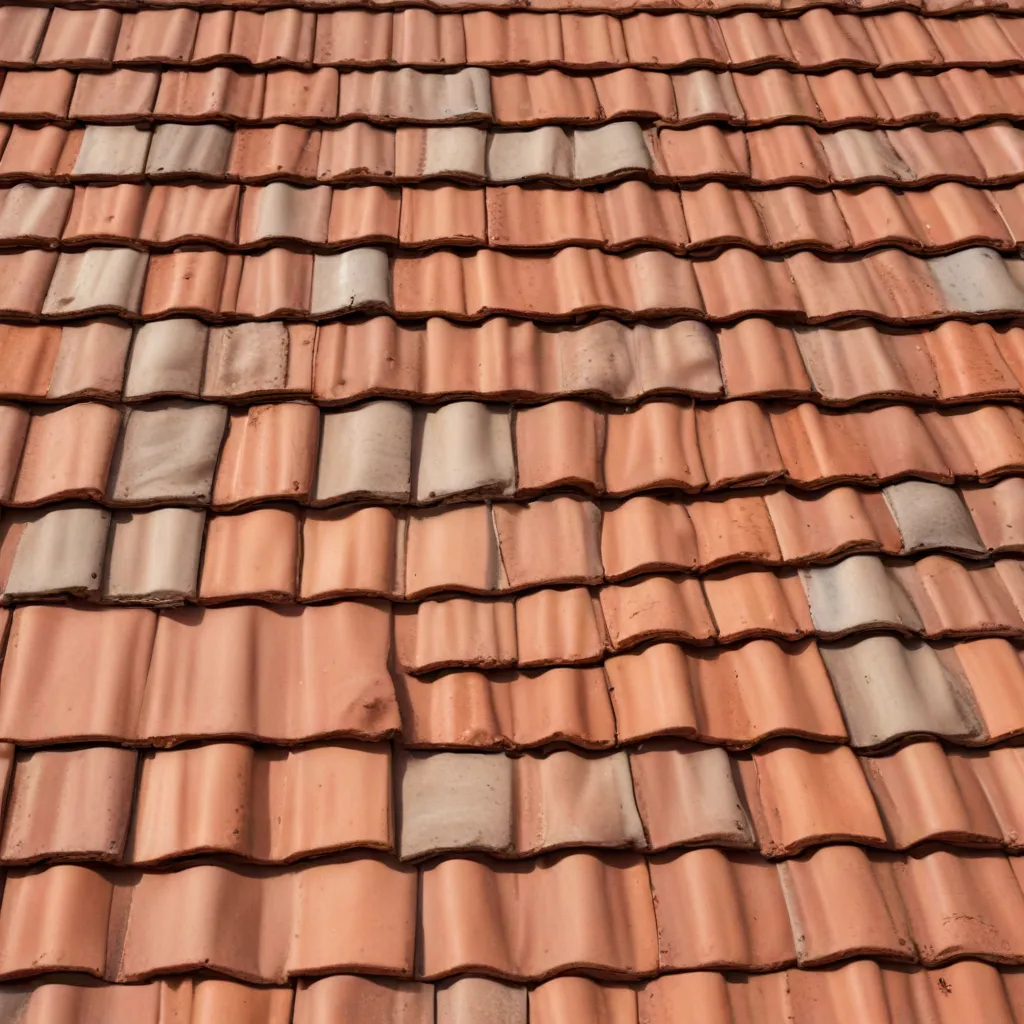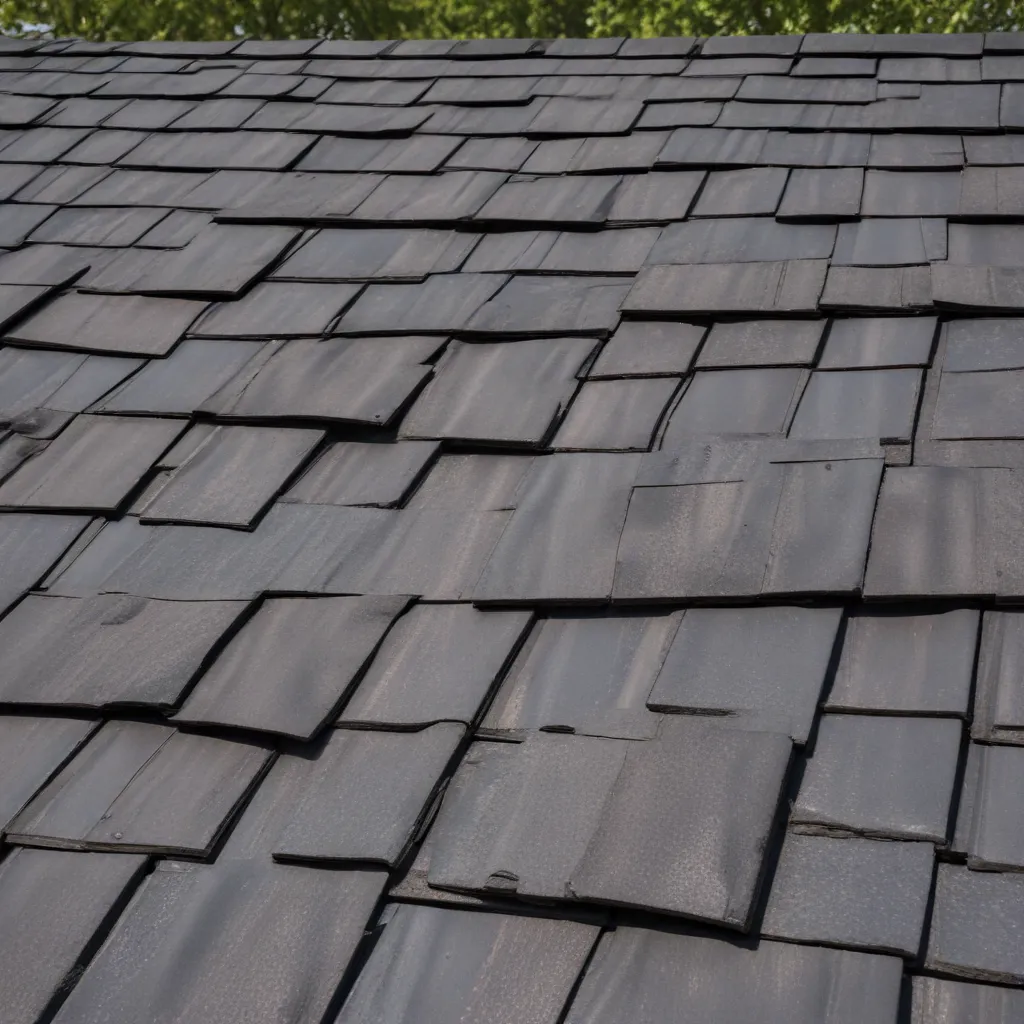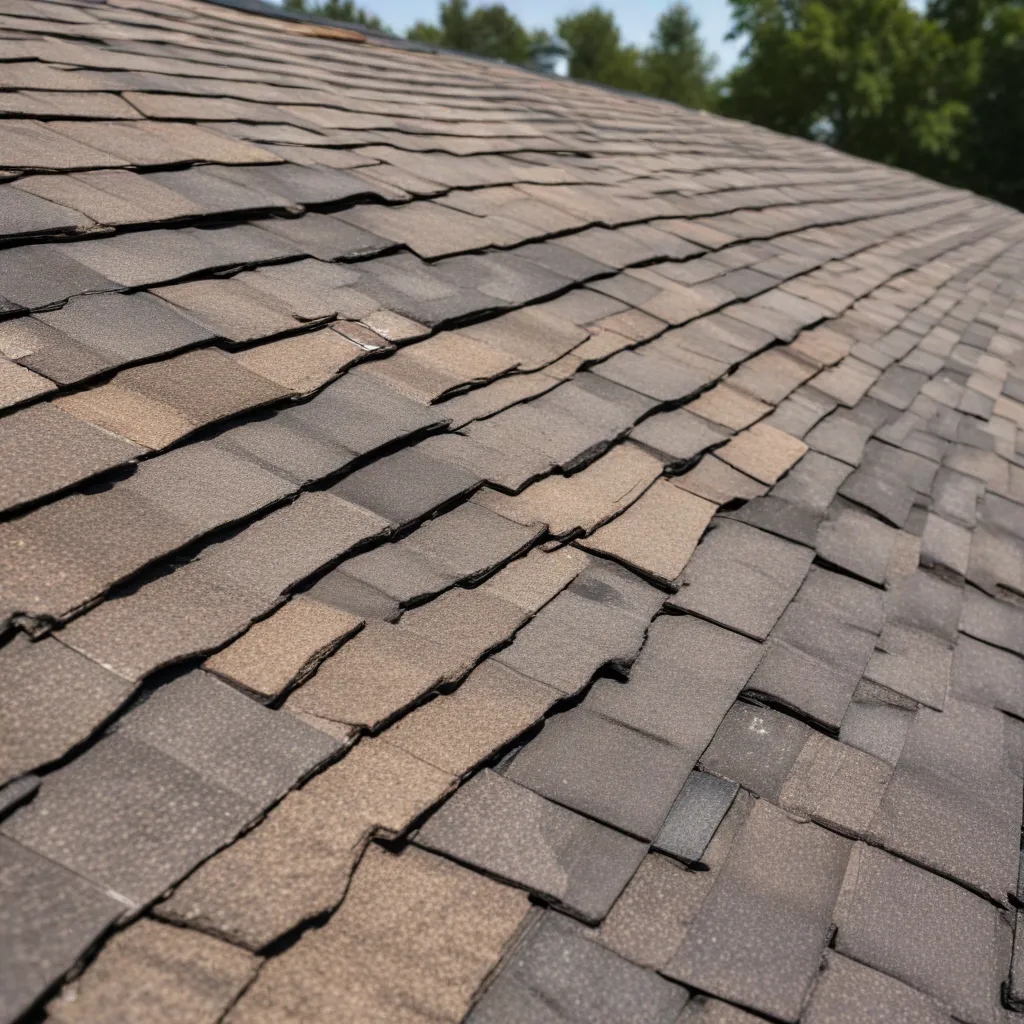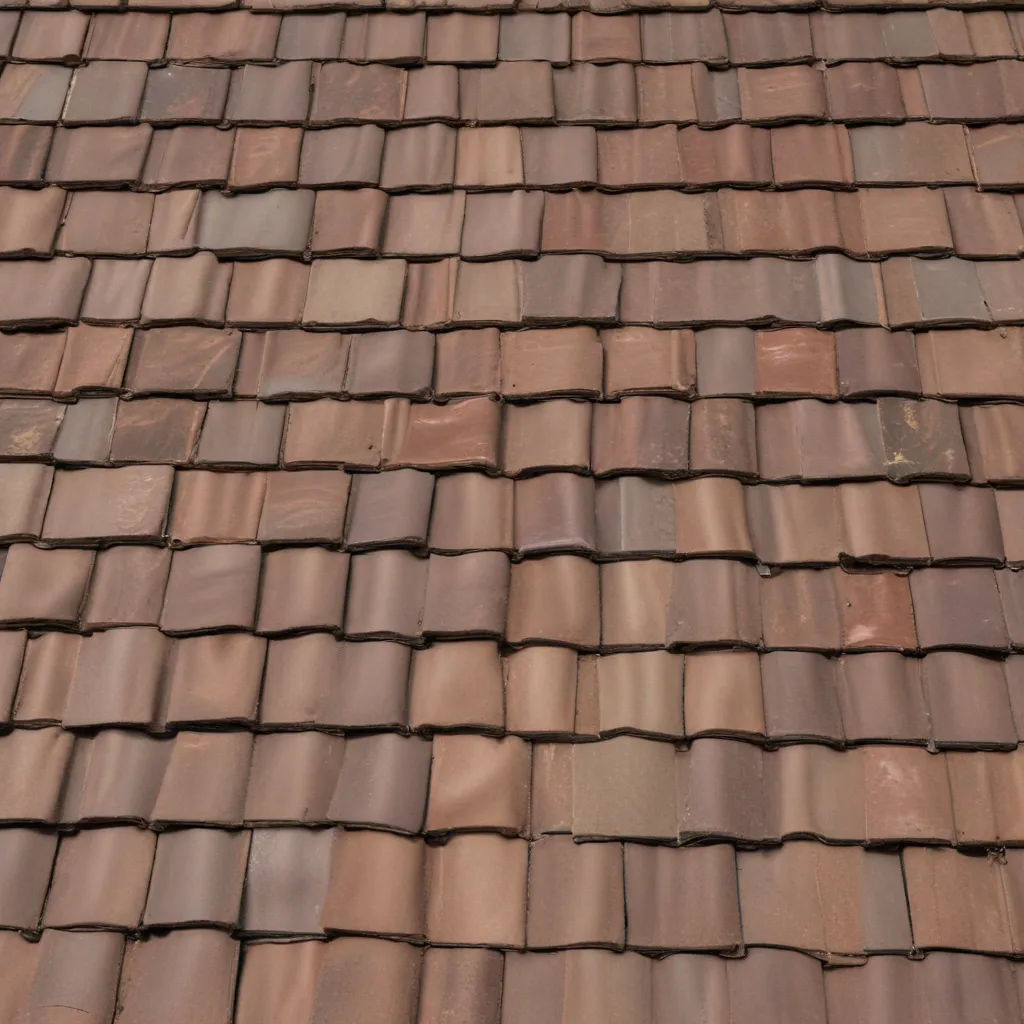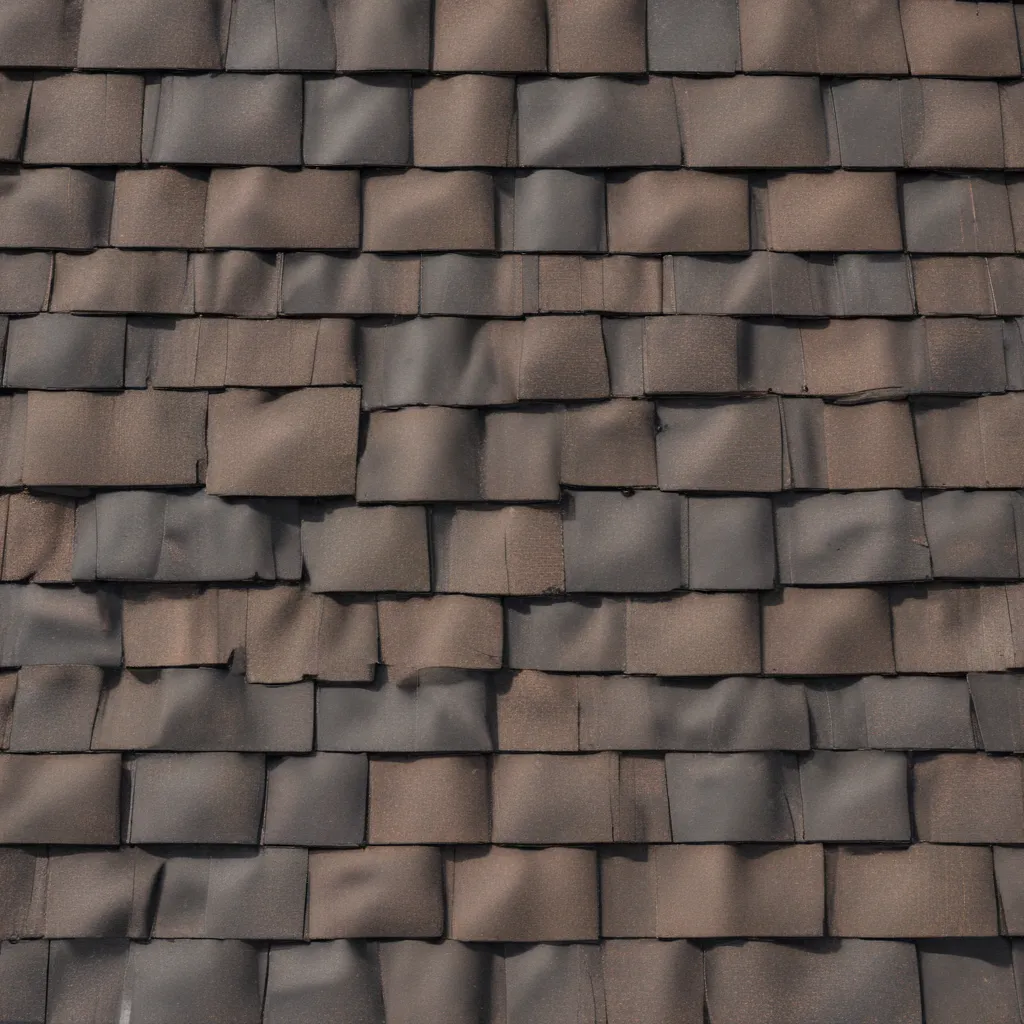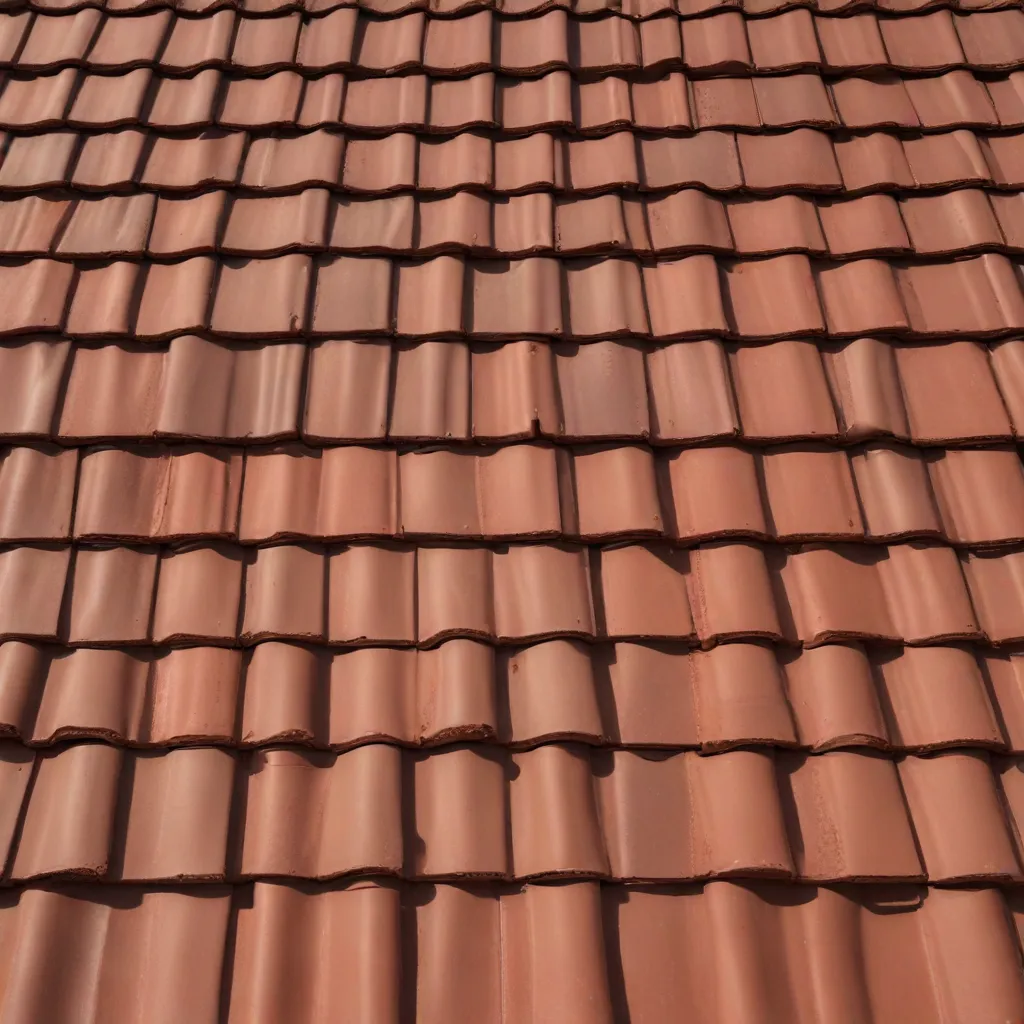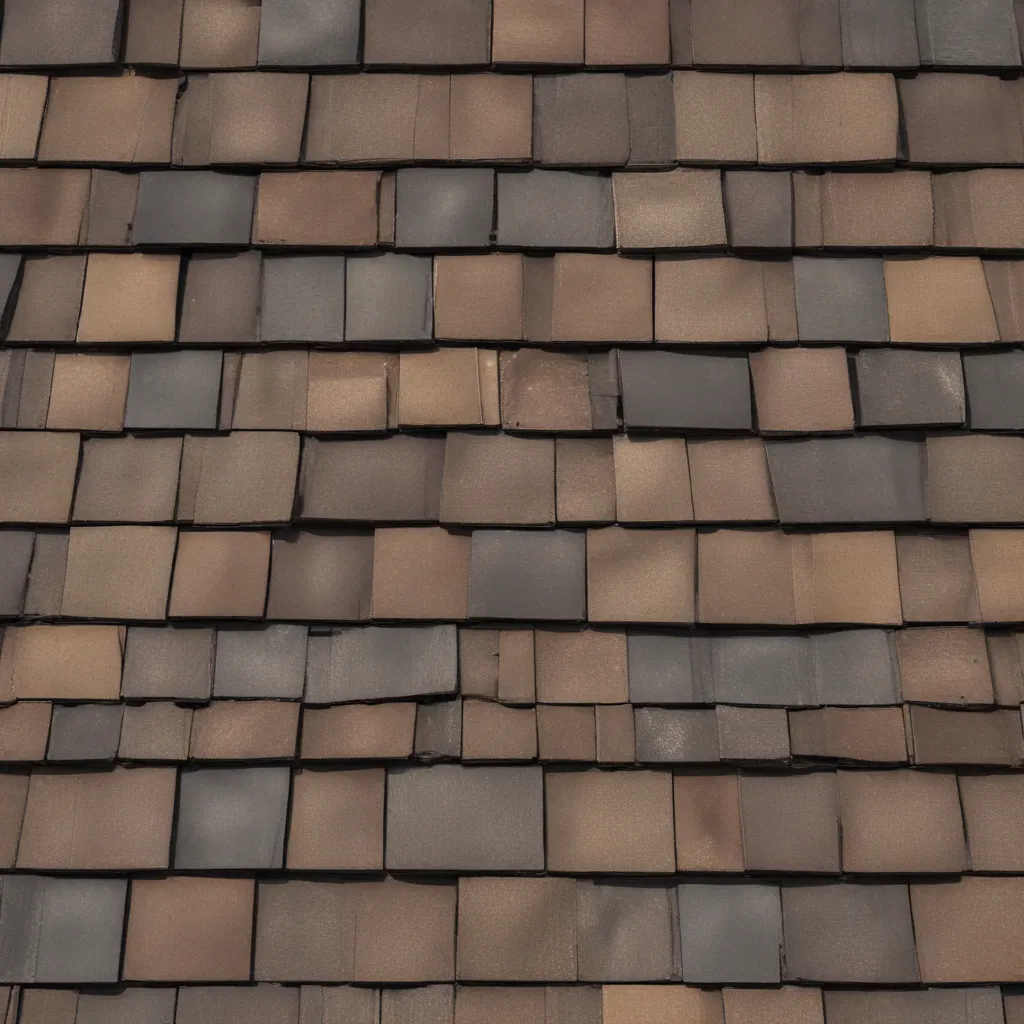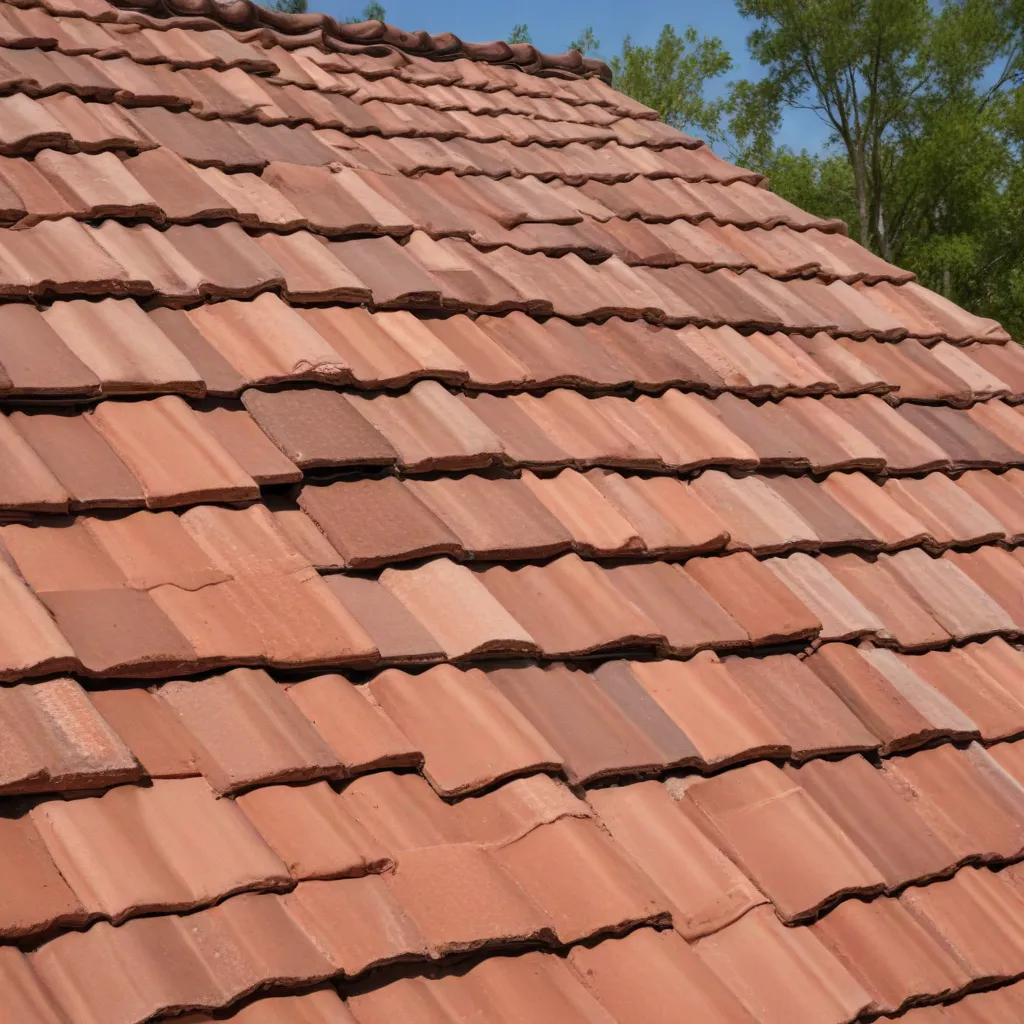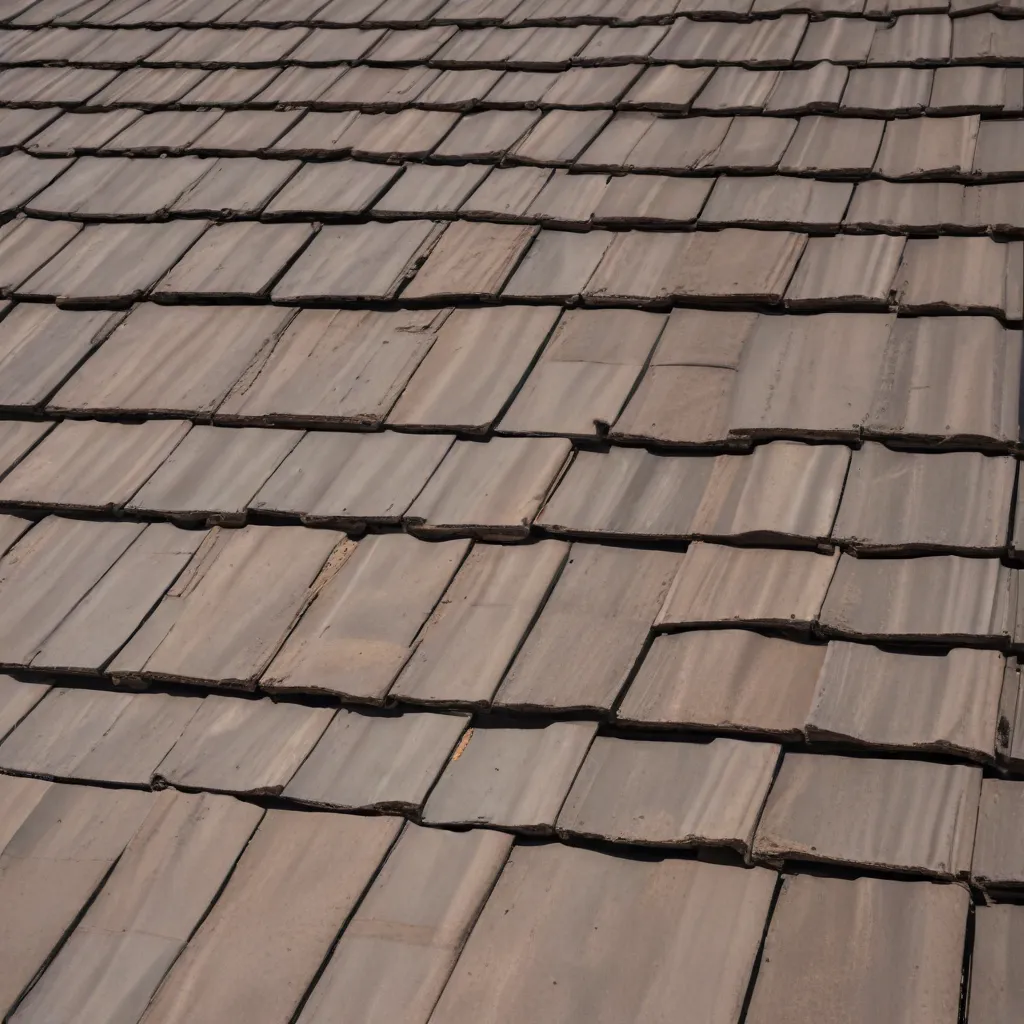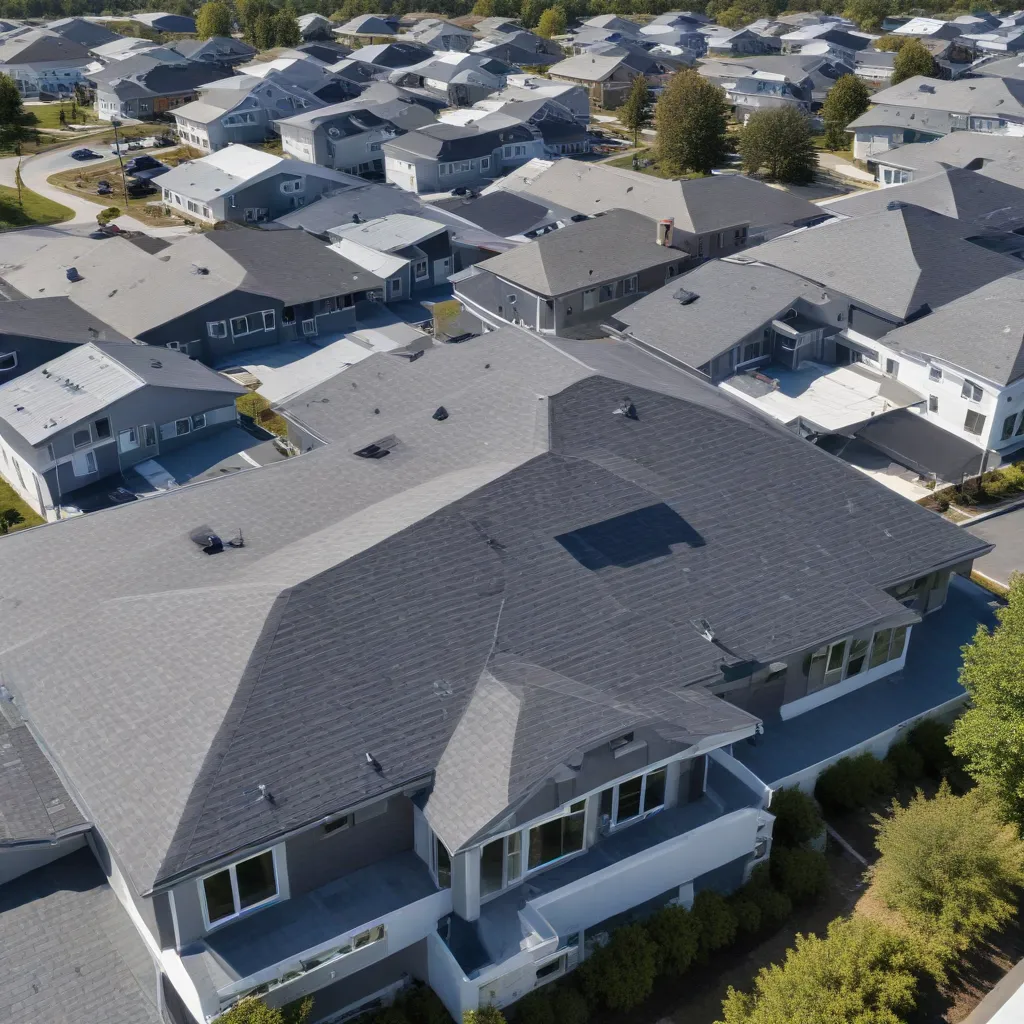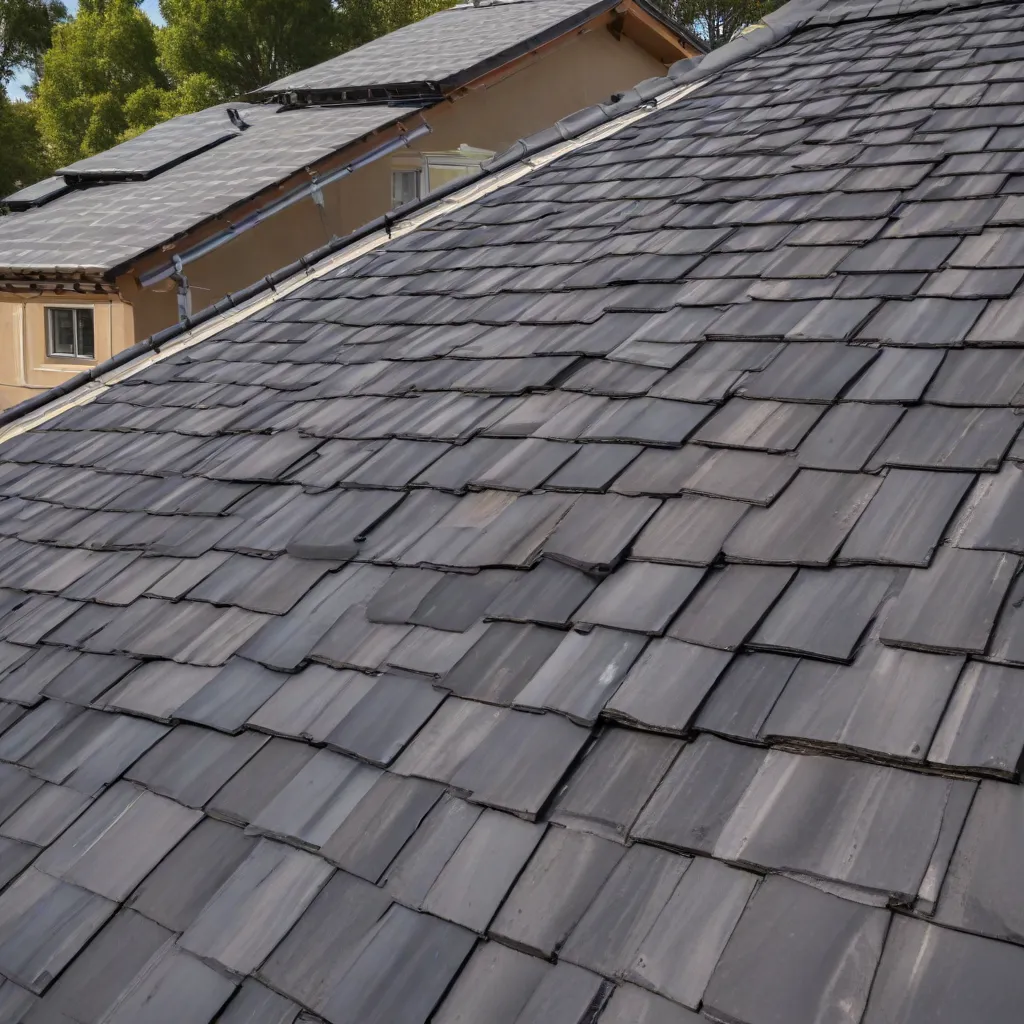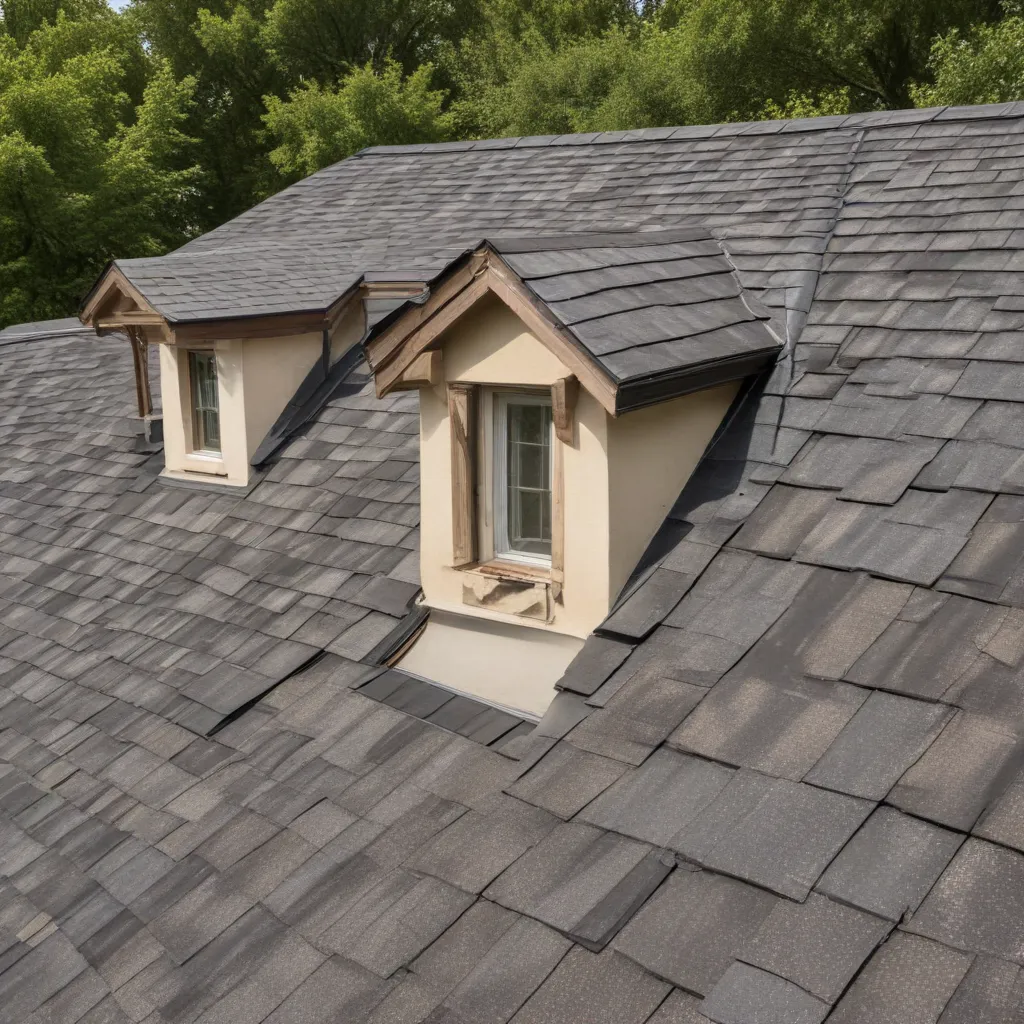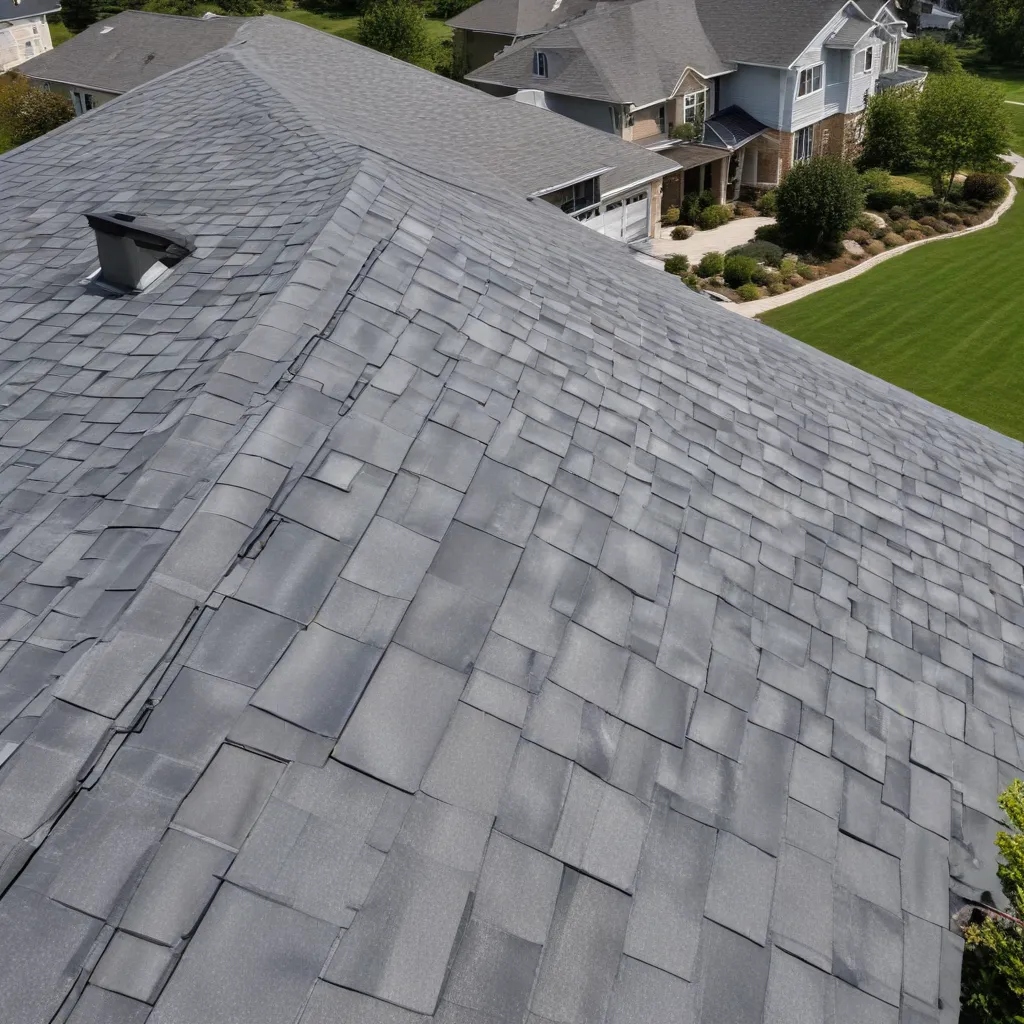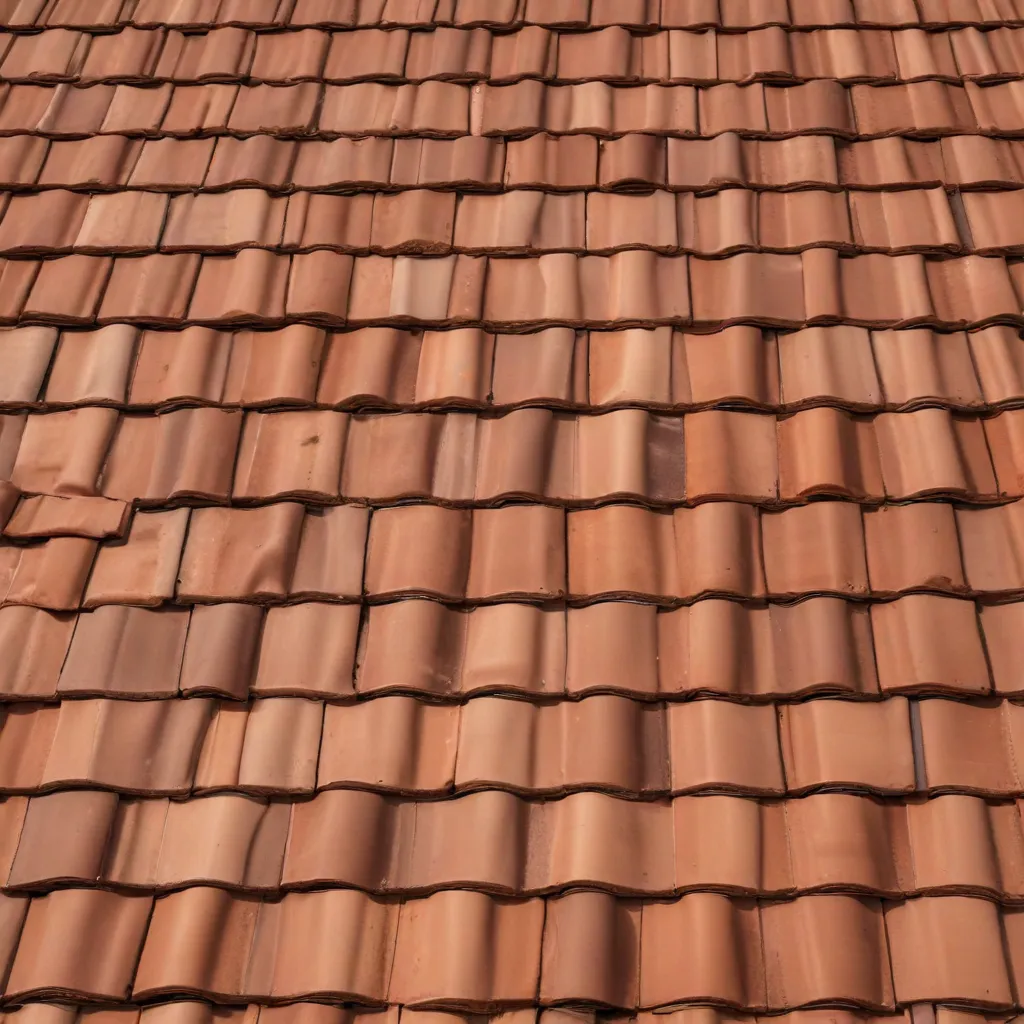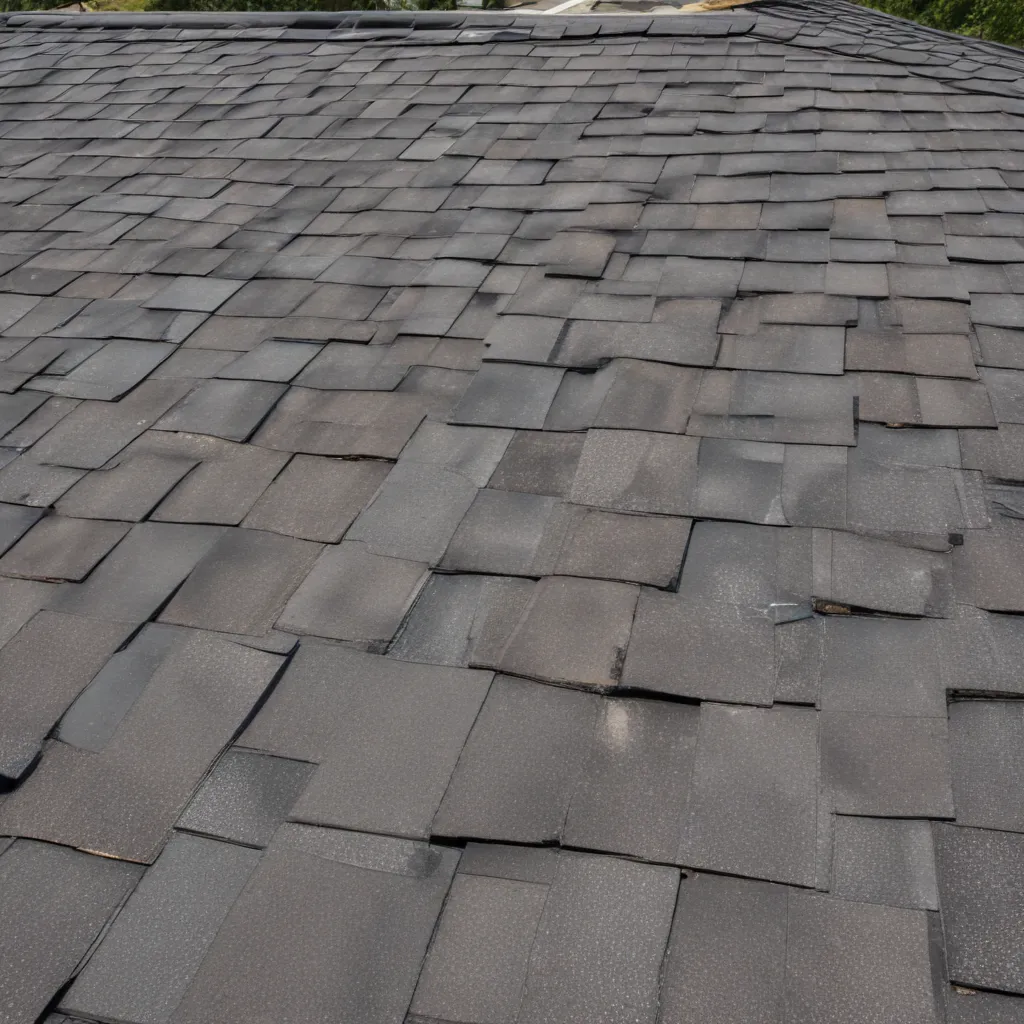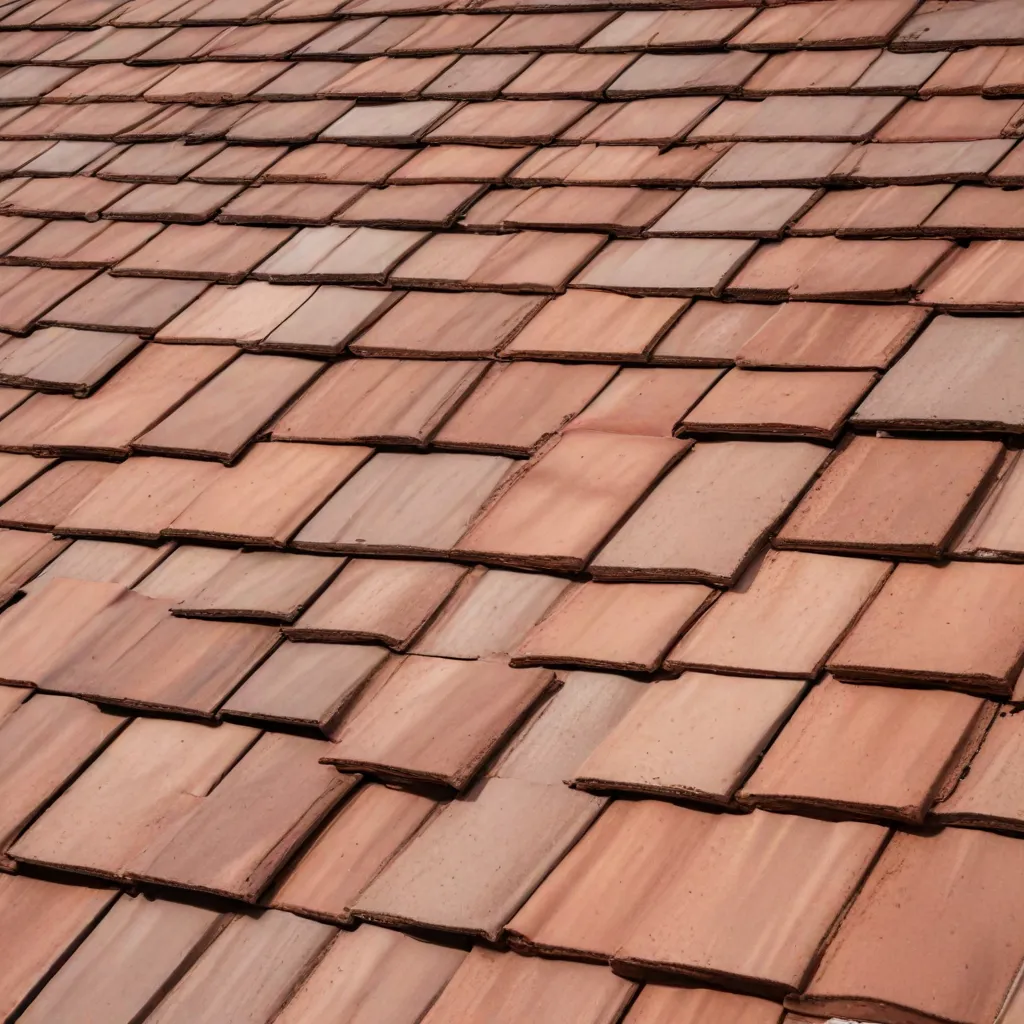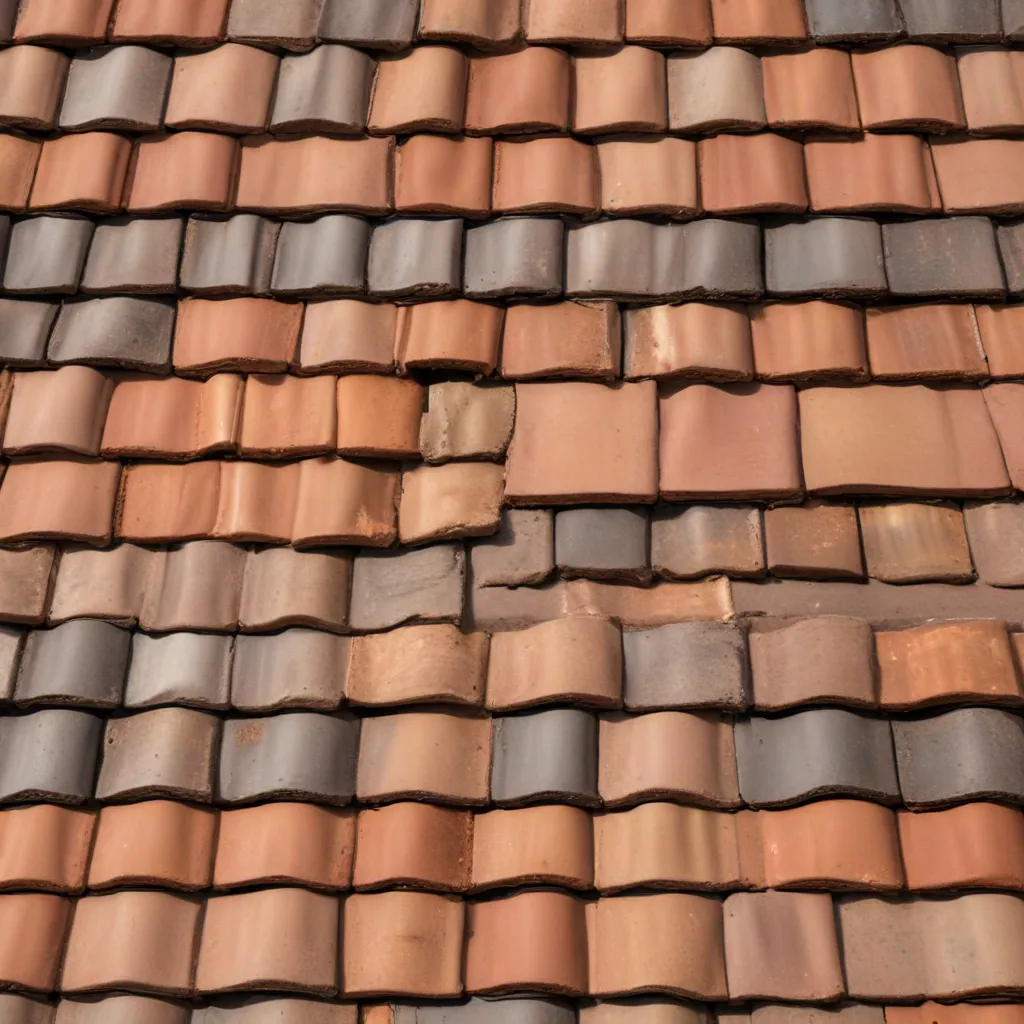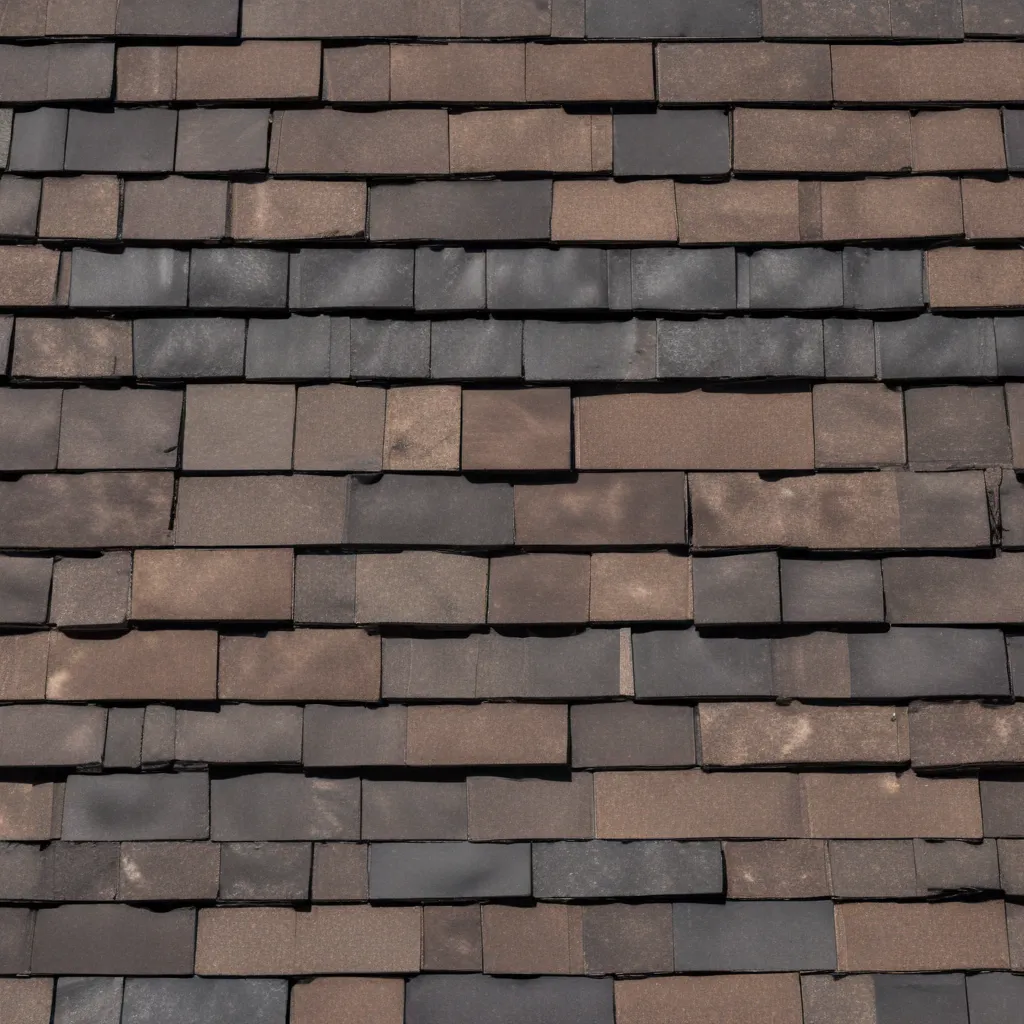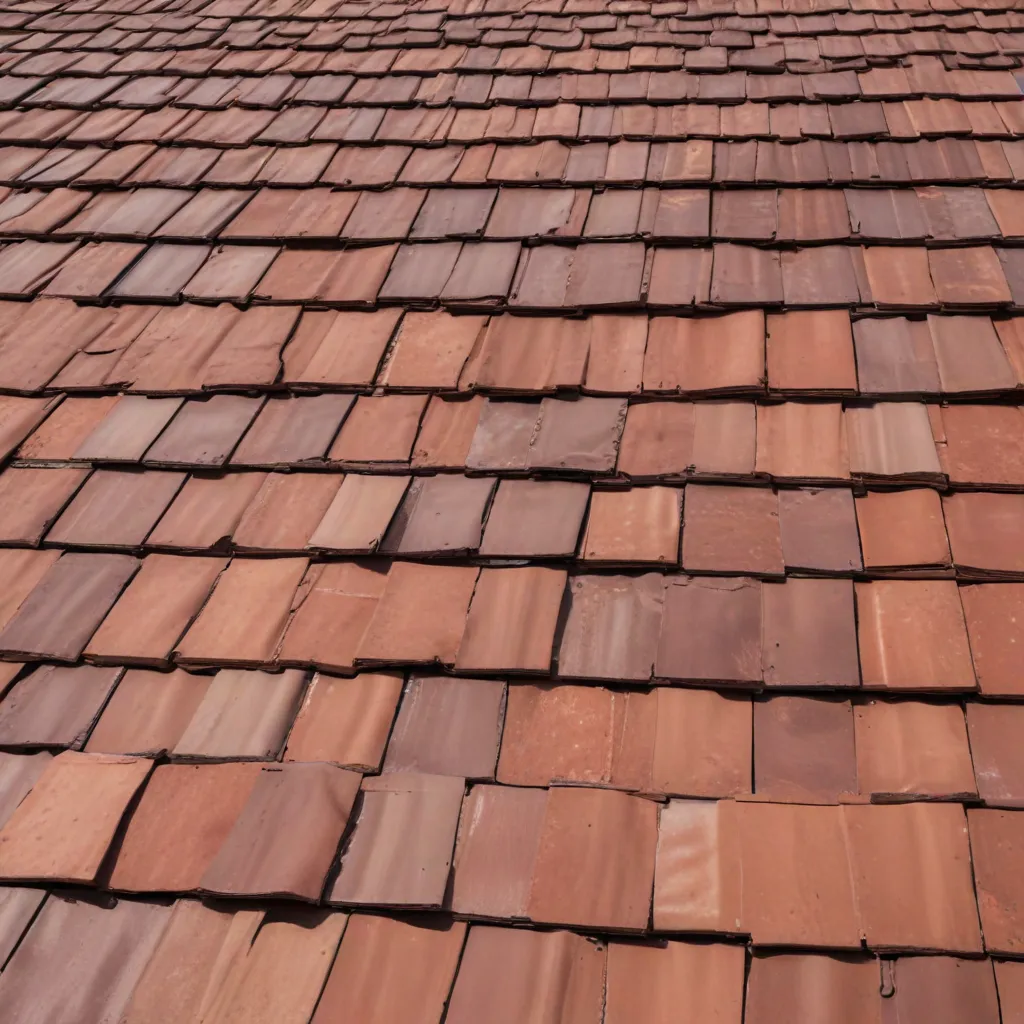Welcome to our comprehensive guide on the not-so-obvious signs of roof damage. Your roof is one of the most critical components of your home, protecting you and your loved ones from the elements. However, it is often neglected until a major problem arises, resulting in costly repairs or even a complete roof replacement. In this article, we will explore the lesser-known signs of roof damage that could potentially save you a significant amount of money in the long run. So, let’s dive in and learn how to identify these signs before they escalate into larger issues.
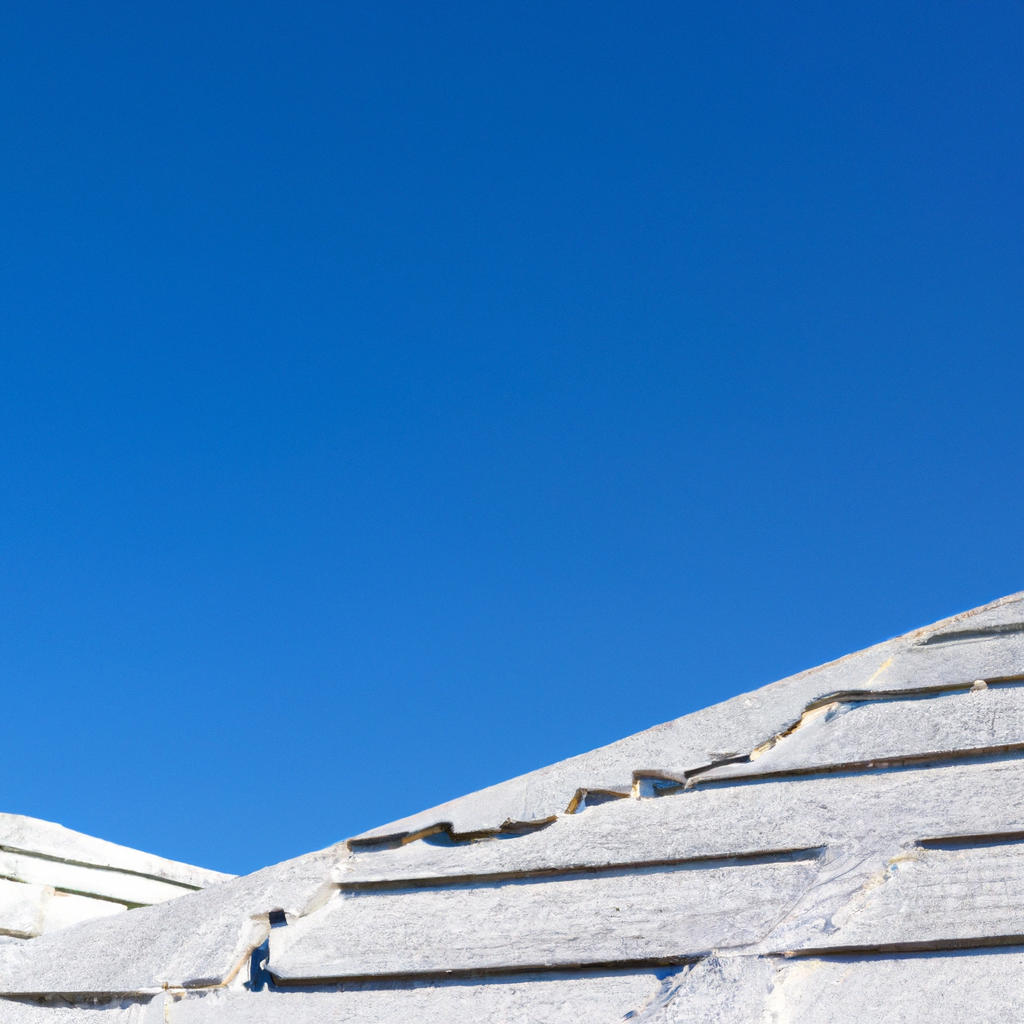
1. Sagging Roof
One of the first signs of roof damage that might not be immediately apparent is a sagging roof. This occurs when there is a structural issue with the roof, often due to excessive weight or water damage. A sagging roof is a serious concern as it can lead to further structural damage and even collapse if left unaddressed. To identify a sagging roof, look for visible dips or depressions in the roofline. If you notice any sagging, it is essential to contact a professional roofer immediately to assess the situation and carry out any necessary repairs.
2. Damaged or Missing Shingles
Shingles are the outermost layer of protection for your roof, shielding it from rain, wind, and other environmental factors. Over time, shingles can become damaged or go missing, compromising the integrity of your roof. Inspect your roof regularly for signs of cracked, curled, or broken shingles. Additionally, keep an eye out for any areas where shingles are completely missing. These issues leave your roof vulnerable to leaks and further damage. Promptly replacing damaged or missing shingles can prevent more extensive and costly repairs down the line.
3. Water Stains and Leaks
Water stains on your ceiling or walls are clear indicators of a roof leak. However, these stains are often overlooked or attributed to other causes, such as plumbing issues. It is crucial to investigate the source of any water stains promptly. Leaks can occur due to damaged flashing, cracked vent pipes, or deteriorating roof materials. Ignoring these signs can lead to mold growth, structural damage, and expensive repairs. If you notice water stains or experience a sudden increase in indoor humidity, it’s time to call a professional roofer to assess and fix the issue.
4. Granule Loss
Asphalt shingles are designed with protective granules that provide an additional layer of defense against UV rays and other environmental factors. Over time, these granules can wear off, leaving your roof vulnerable to damage. You might notice granules accumulating in your gutters or downspouts, indicating granule loss. Additionally, inspect your shingles for bare spots or areas where the underlying asphalt is exposed. Granule loss can lead to accelerated shingle deterioration and reduced lifespan. If you observe significant granule loss, it is advisable to consult a roofing expert to determine the best course of action.
5. Algae or Moss Growth
The presence of algae or moss on your roof might seem like a purely aesthetic issue, but it can have more severe consequences. Algae and moss thrive in damp environments, and their growth can trap moisture on your roof, leading to accelerated deterioration. Furthermore, moss can lift shingles, allowing water to seep underneath and cause leaks. Regularly inspect your roof for any signs of algae or moss growth, especially in shaded areas. If you notice such growth, consider hiring a professional to clean your roof and take preventive measures to discourage future growth.
6. Excessive Energy Bills
While not an obvious sign of roof damage, a sudden increase in your energy bills could be an indication that your roof is not functioning optimally. A compromised roof allows conditioned air to escape, forcing your HVAC system to work harder to maintain a comfortable temperature. Conduct a thorough inspection of your attic for any signs of inadequate insulation or ventilation. Poor insulation and ventilation can result in energy loss, leading to higher energy bills. Ensuring proper insulation and ventilation can not only save you money on energy costs but also extend the lifespan of your roof.
7. Foul Odors
Unpleasant smells in your home can be attributed to a variety of causes, but they should not be disregarded. A musty or moldy odor could suggest hidden roof leaks or moisture issues. Mold and mildew thrive in damp environments, and a compromised roof can provide the perfect breeding ground. If you notice persistent foul odors, particularly after rainfall, it is crucial to have your roof inspected for any underlying issues. Addressing these issues promptly can prevent further damage and potential health hazards associated with mold exposure.
Conclusion
In conclusion, being aware of the not-so-obvious signs of roof damage can save you both money and headaches in the long run. Regularly inspecting your roof for sagging, damaged shingles, water stains, granule loss, algae or moss growth, excessive energy bills, and foul odors can help you identify and address potential issues before they escalate into costly repairs or replacements. Remember, when it comes to your roof, early detection is key. If you suspect any roof damage, don’t hesitate to reach out to a professional roofer who can provide expert advice and assistance.

